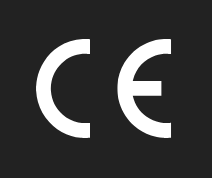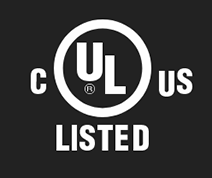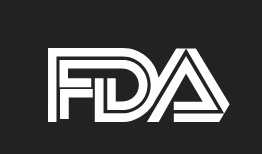What is a Pressure Swing Adsorption (PSA) Nitrogen Generator?
Nitrogen gas has many uses in the chemical, food processing, pharmaceutical, and steel production industries. Nitrogen is an inert gas that’s present in large quantities in the atmosphere and air we breathe. It can prevent food, drink, and medication spoilage, which makes it very important to some of the conveniences of modern life.
With the rise of industries that require industrial shipping, chemical manufacturing, and food storage, nitrogen has become increasingly in demand. While there are many ways to acquire nitrogen, many businesses turn to nitrogen generators. Pressure swing adsorption (PSA) generators are highly efficient nitrogen generators that produce high-purity nitrogen on site.
Here’s what to know.
What is a PSA N2 Generator?
A PSA nitrogen generator produces nitrogen through a process that starts when compressed air is passed through a combination of filters to remove oil and moisture, then the purified air is directed to adsorption vessels that contain carbon molecular sieve. The remaining moisture, carbon dioxide, and other impurities are adsorbed by the sieve material. At high pressures, the sieves also adsorb oxygen. The remaining nitrogen is produced at the desired purity and oxygen is vented back into the atmosphere.
How Does a PSA N2 Generator Compare to a Membrane Generator?
The way that a PSA N2 generator works is very different from the way a membrane generator works. The membrane generator works by forcing compressed air into thousands of hollow fibers. Elements of the air like oxygen and CO2 pass through the fibers differently than nitrogen, which is eventually separated out through the fibers, producing a stream of nitrogen out the other end.
Advantages of Nitrogen PSA Generators
PSA nitrogen generators have many benefits that draw industry professionals, especially when the generators are compared to nitrogen cylinders. Knowing the advantages of these generators can help you decide if a PSA generator is right for you.
24/7 Nitrogen Production
Nitrogen generators can work continuously, 24/7. Generators can be used to produce a nearly endless supply of nitrogen as needed. For many businesses, this is preferable to other options, like nitrogen cylinders. Whereas nitrogen cylinders are subject to delays due to interruptions in the supply chain, PSA nitrogen generators continue to work as long as they have power.
High-Quality Nitrogen
PSA nitrogen generators can produce high-purity nitrogen from the atmosphere. In fact, PSA nitrogen generators can produce up to 99.9995% pure nitrogen, which is useful for industries that require a high purity for their nitrogen content. The purity level that comes from nitrogen generators is also flexible, to meet the needs of the business.
Low Associated Costs
Nitrogen generators have a reasonable up-front cost, and then very low cost of operation thereafter. Maintenance and utilities to run the generators are overall a minimal expense. Nitrogen cylinders and bulk liquid, meanwhile, represent a large ongoing cost to the business.
With many applications using a PSA Nitrogen Generator will have operating costs of 10-20% of purchasing nitrogen cylinders or bulk nitrogen.
Reduced Environmental Footprint
Because PSA nitrogen generators are an on-site source of nitrogen gas requiring little utility to run the generator, these generators have a small environmental footprint. For businesses seeking an environmentally friendly solution to their nitrogen needs, and for businesses that prioritize eco-friendly processes, PSA nitrogen generators are an excellent option.
This is especially true when the generators are compared to nitrogen cylinder delivery. Nitrogen cylinder delivery relies heavily on vehicles that use fossil fuels for transportation, thus increasing your business’s carbon footprint.
Need a PSA Nitrogen Generator for Your Business? Contact On Site Gas Systems
PSA nitrogen generators are a reliable source of nitrogen for businesses that need high-purity nitrogen. PSA nitrogen generation is also convenient and can produce nearly limitless quantities of nitrogen as needed.
On Site Gas Systems sells PSA nitrogen generators and membrane nitrogen generators for your industrial processes. With a strong reputation in the industry, we set a gold standard for gas-generating systems. We design and build gas systems on site to ensure that your business needs are met. To find out more about our PSA nitrogen generators as well as our membrane generators, contact the On Site Gas Systems team.



